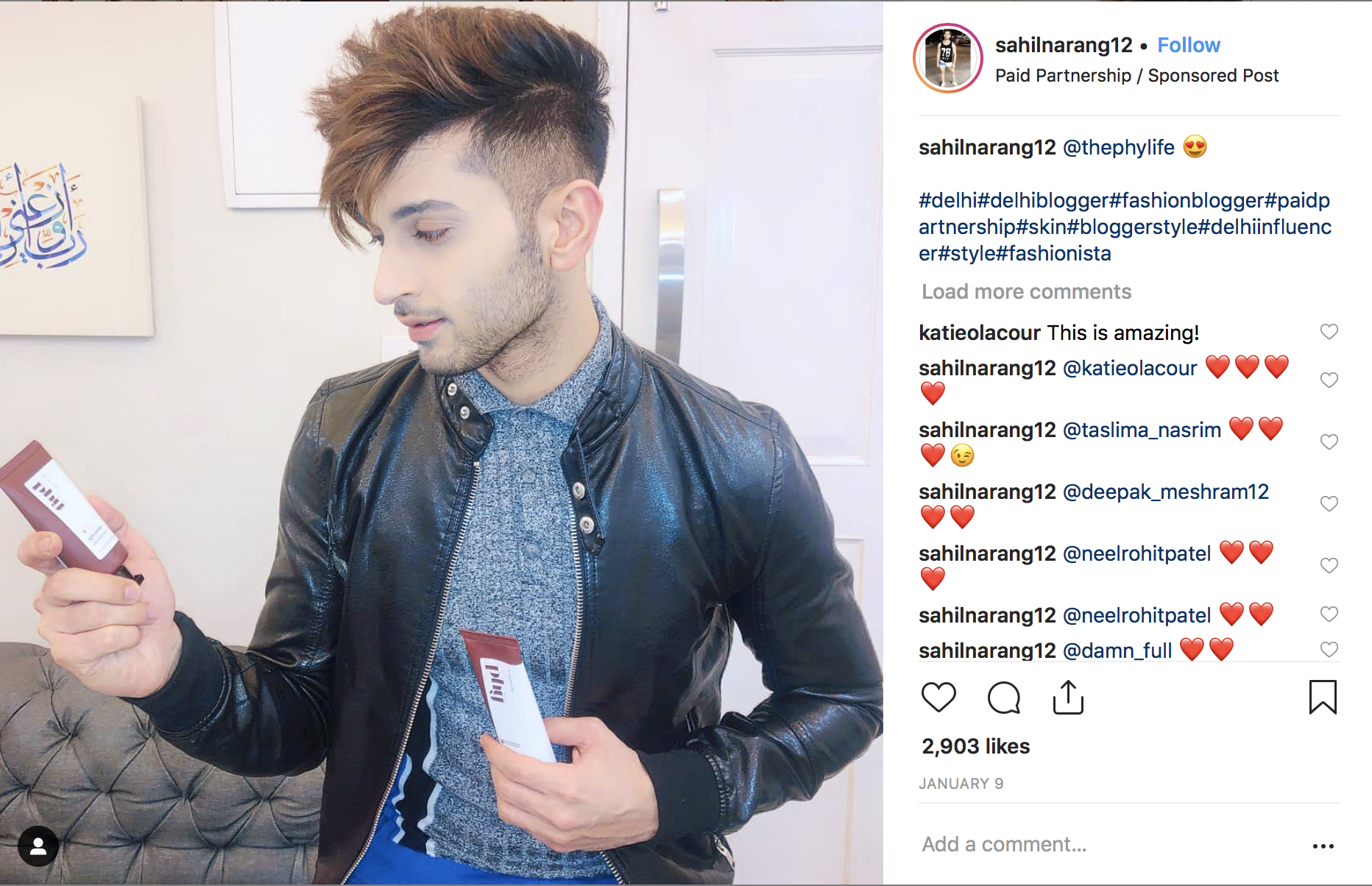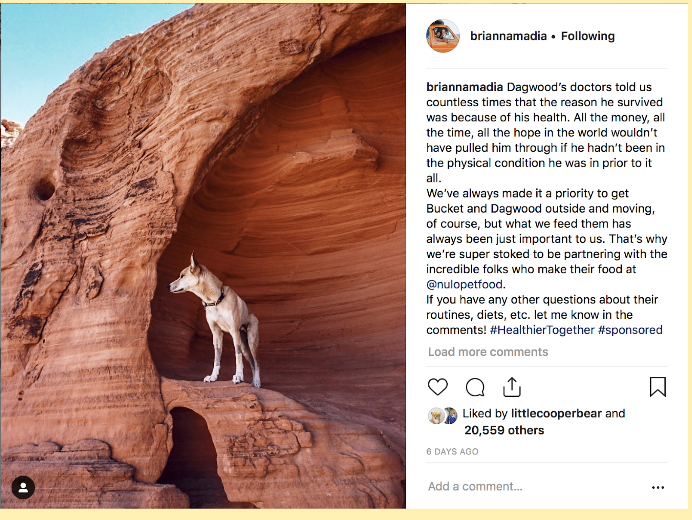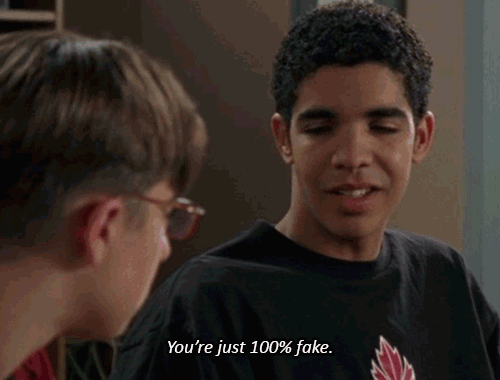In the wake of Netflix and Hulu’s newly released Fyre Festival documentaries, the influencer marketing industry has come under fyre (sorry, I had to).

If you’ve been hiding under a rock, here’s a quick breakdown of what happened: Fyre Festival was supposed to be an exclusive music festival held in 2017 on a private island in The Bahamas. The organizers spent large sums of money on a promotional campaign, where 10 of the world’s top supermodels (or influencers) shared photos and videos of themselves partying in luxury.
Kendall Jenner was allegedly paid $250,000 USD for one Instagram post announcing the launch of ticket sales. The campaign was wildly successful, and all luxuriously-priced tickets sold out. However, the organizers failed to deliver on their promises, and the festival goers were “treated” to cheese sandwiches, tent shelters, and general chaos.

The event never took place, and the organizer Billy McFarland is now in prison for fraud.
This has many people questioning influencer marketing. Are influencers clearly identifying when they are paid to promote a product or service? What responsibility do influencers have to ensure the content they are promoting is accurate? And what about the brands themselves, don’t they need to provide the influencer with sufficient information so they aren’t mislead?
It’s a big task, and the industry isn’t going anywhere. The influencer market size has grown from $1.7bn in 2016 to $4.6bn in 2018 and is forecast to hit $6.5bn in 2019. Here are a few ways companies can build credibility with their influencer marketing strategy:
Be transparent about paid partnerships.
When influencer marketing was first introduced, many influencers posted content on social media without disclosing that they were being paid for it – including much of the content promoting the Fyre Festival.

In 2017, the Federal Trade Commission (FTC) declared that brands and influencers need to clearly disclose when they are working together on sponsored content. The simplest way to do this is by putting #ad or #sponsored or #Xpartner in the post, where X is the brand name. Instagram also has the option to mark a post as a paid partnership:

Sprout Social has a couple other key tips:
- When working on a series with an influencer, ensure they disclose every paid post—not just the first one.
- Check each influencer post to ensure they’ve marked it as paid content. The onus to follow disclosure requirements is on both the influencer and the brand. Otherwise, the company’s brand reputation can be at risk.
Consider micro-influencers instead of celebrities.
Recently, the term “influencer” has come to describe more than just individuals recording videos in their bedrooms – it also includes mainstream celebrities with huge followings. Take, for example, Ryan Reynolds’ hilarious ad for his company Aviation Gin, which now has over 6.8 million views on Instagram:
As another example, Kate Hudson has been a key model for her athletic clothing brand Fabletics, and recently announced she’s the newest ambassador for WW (formerly Weight Watchers).

But just how effective are celebrity influencers? One study found that peers are 13.8x more likely to influence a product purchase than celebrities. And 70% of YouTube subscribers say they relate to YouTube creators more than traditional celebrities.
A good alternative is micro-influencers, defined as everyday social media users with smaller audiences generally under 10K. Micro-influencers are relatable, genuine, and passionate about their craft—qualities that make them a trusted recommendation source. They tend to have highly engaged followers who are genuinely interested in their content.

One company that’s had success with micro-influencers is Adidas. In 2016, the company launched an app called Glitch in partnership with digital agency Possible to promote a new line of soccer cleats. Adidas chose thirty players from football academies in London to help design, name, and promote the app and the cleats. In addition, soccer fans needed to be invited by an existing app user to test and buy the shoes. The app was so popular that access codes were being sold on eBay before Adidas made the decision to share the code with those who weren’t referred. Due to its success, the app is now available in Germany and France as well.
Choose an influencer that aligns with the company’s industry and values – and vet them properly.
It’s important to choose an influencer that naturally aligns with your company’s products and services. A pet food company likely wouldn’t choose a plumber to promote their product. They could, however, turn to one of many celebrity animals on Instagram for help. For example, Instagram influencer @briannamadia has 2 dogs, which are the focal point of her posts. She has partnered with Nulo Pet Food to promote their products:

Another great way to find influencers is to search through existing social media followers who may already be using your company’s products or services.
After you’ve found a suitable influencer, make sure to vet them properly. Some influencers artificially inflate the numbers of their followers and likes. To combat against this, check the quality of the influencer’s engagement with their followers. There are also tools such as InstaCheck, that will detect fake accounts by analyzing their engagement, spam, and overall activity.

Finally, investigate the influencer’s overall activity. Are the majority of their posts paid content? Successful accounts should mix paid content with regular, everyday posts that drew their following in the first place. Otherwise, they’re likely to see their following dwindle over time. It’s also a good idea to research the influencer’s past posts for inflammatory or extremist views that could come back to bite you, as the Kevin Hart/Oscar scandal demonstrated.
Give the influencer creative freedom over their content.
It’s best to treat an influencer as a part of your marketing team. Fill them in on the goals of the campaign, key messages, any major no-nos, and what metrics will be used to measure success. This way, there’s no chance of them being mislead as to what your company is trying to achieve. Then—and this is the key part—give them the creative freedom to create their own sponsored content.

This requires an enormous amount of trust from the brand, but it’s key to developing fruitful relationships: 77% of influencers said creative freedom is important to them. Additionally, the influencer knows what will resonate best with their audience. Let them experiment with videos, stories, and creative messaging. As Hootsuite notes in their 2019 social media trends report, less polished, more realistic Stories perform better than high cost productions filled with calls to action. The influencer’s personal spin is what makes the message authentic— encourage them to comment on specific things they like, or how they incorporate the product in everyday use.
Foster long-term relationships with influencers.
Rather than carrying out a transaction with an influencer for a certain number of posts, view your collaboration as a partnership.

It’s very powerful when an influencer can tell your brand’s story in an authentic and consistent way over time. (In fact, Forbes views this transition towards long-term relationships as one of the influencer marketing trends that will explode in 2019.)
The more valued the influencer feels, the more likely they are to be loyal to your brand and enthusiastic with their content. And that, in turn, will drive higher engagement with your intended audience.
It’s clear influencer marketing is a powerful tool. One study estimated businesses generate $6.50 for every $1 invested in influencer marketing.
As the industry grows, we predict there will be further regulatory measures introduced to address disclosure concerns. Are there any other strategies you think companies can use to promote trust with their influencers and customers? Comment below!


















